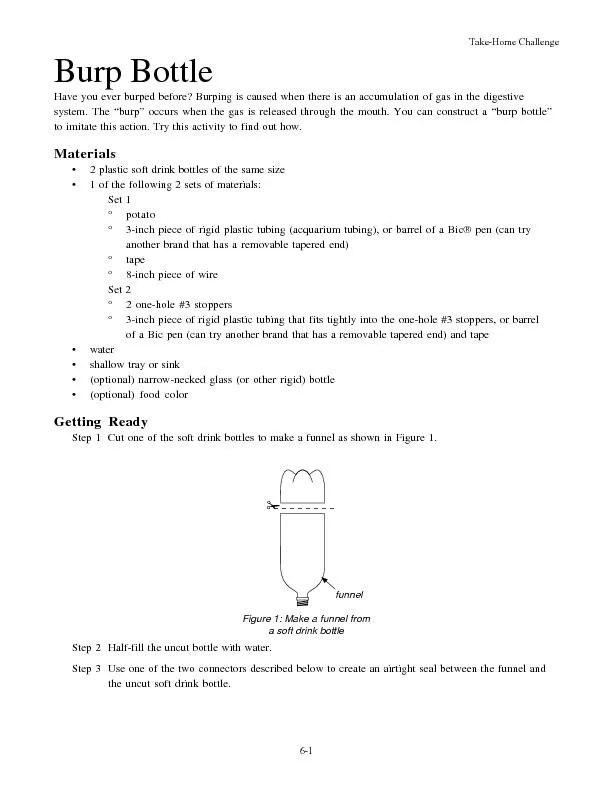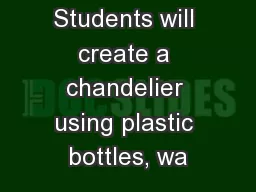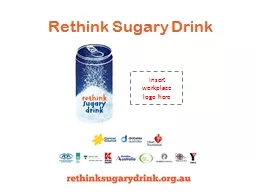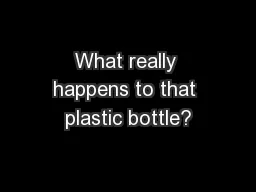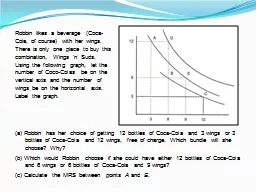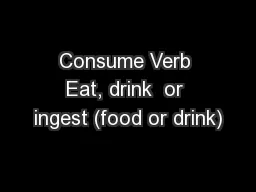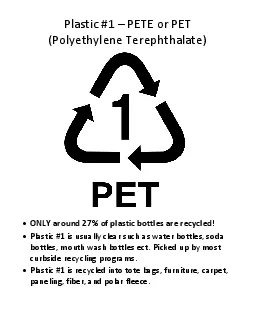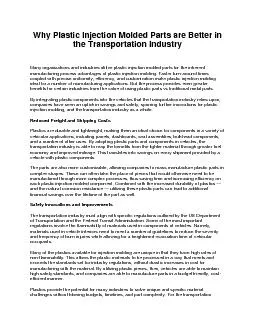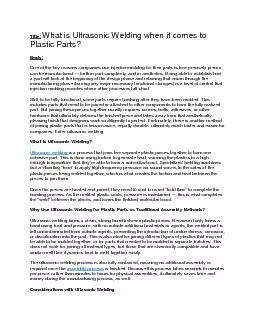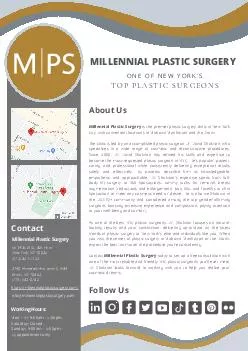PDF-2 plastic soft drink bottles of the same size 1 of the foll
Author : giovanna-bartolotta | Published Date : 2016-05-17
Step 2Halffill the uncut bottle with waterStep 3Use one of the two connectors described below to create an airtight seal between the funnel and Potato connector If
Presentation Embed Code
Download Presentation
Download Presentation The PPT/PDF document "2 plastic soft drink bottles of the same..." is the property of its rightful owner. Permission is granted to download and print the materials on this website for personal, non-commercial use only, and to display it on your personal computer provided you do not modify the materials and that you retain all copyright notices contained in the materials. By downloading content from our website, you accept the terms of this agreement.
2 plastic soft drink bottles of the same size 1 of the foll: Transcript
Download Rules Of Document
"2 plastic soft drink bottles of the same size 1 of the foll"The content belongs to its owner. You may download and print it for personal use, without modification, and keep all copyright notices. By downloading, you agree to these terms.
Related Documents

